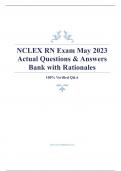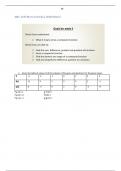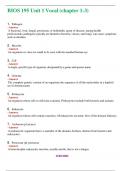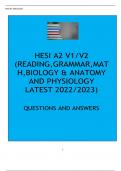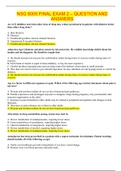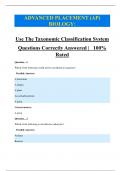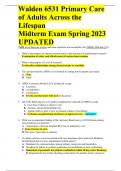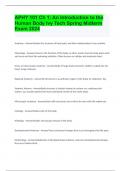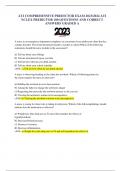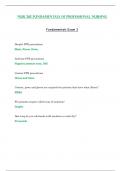Examen
NCLEX RN Exam Actual Questions & Answers Bank with Rationales 100% Verified Q&A
- Cours
- Établissement
1. 1. Question Category: Health Promotion and Maintenance A pediatric nurse is performing a routine assessment of a one-month-old infant during a well-baby visit at the primary care clinic. The infant’s mother reports no concerns and states that the baby has been feeding well and has had regu...
[Montrer plus]
